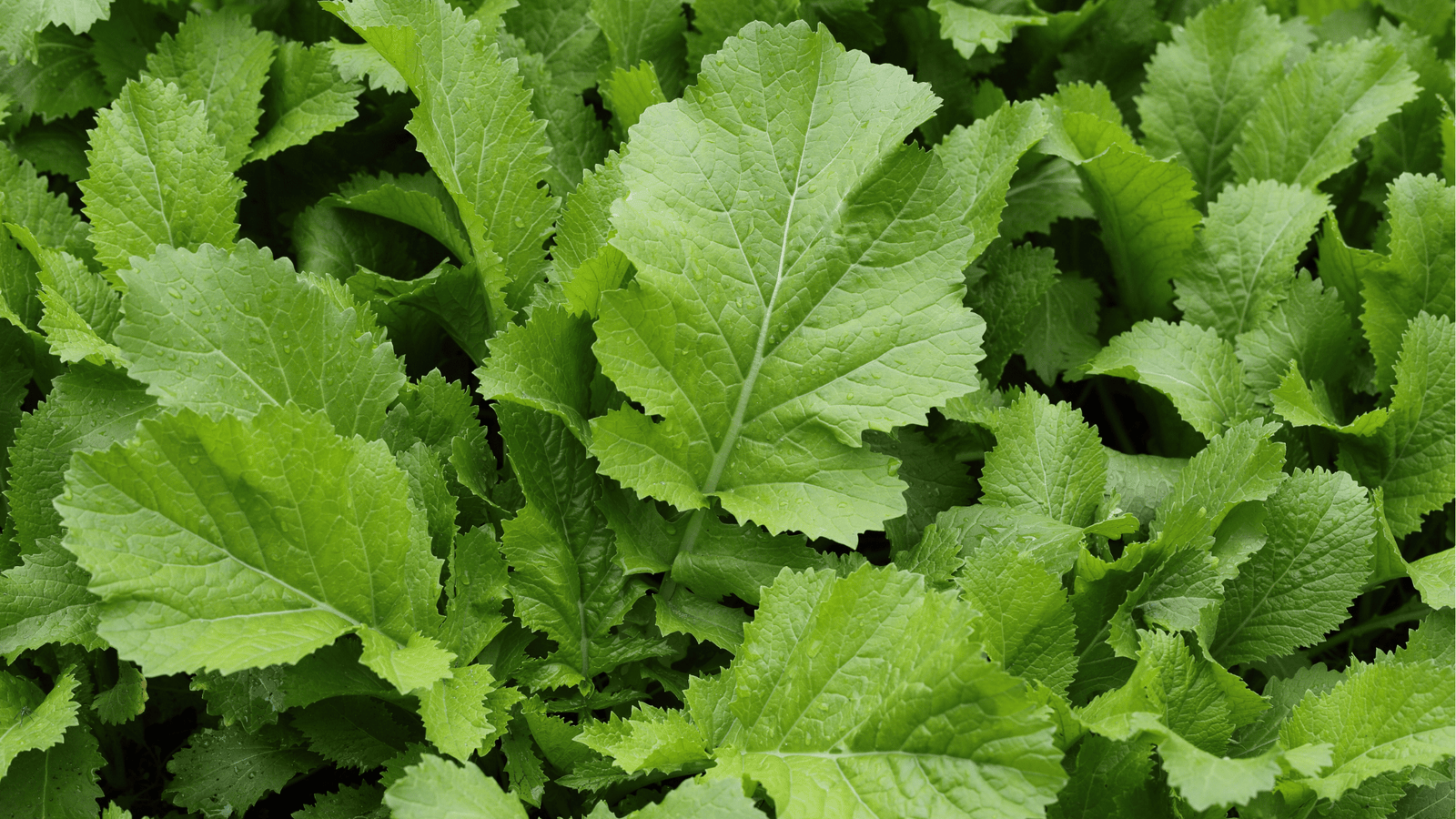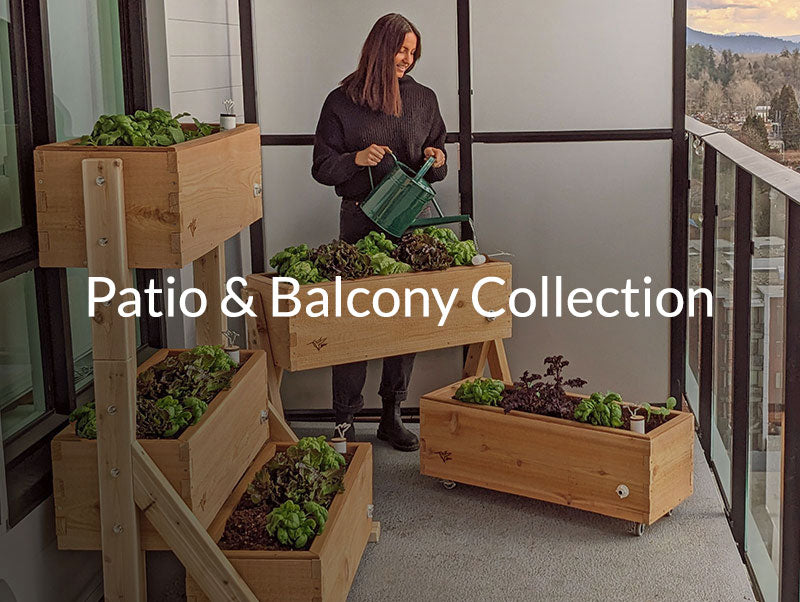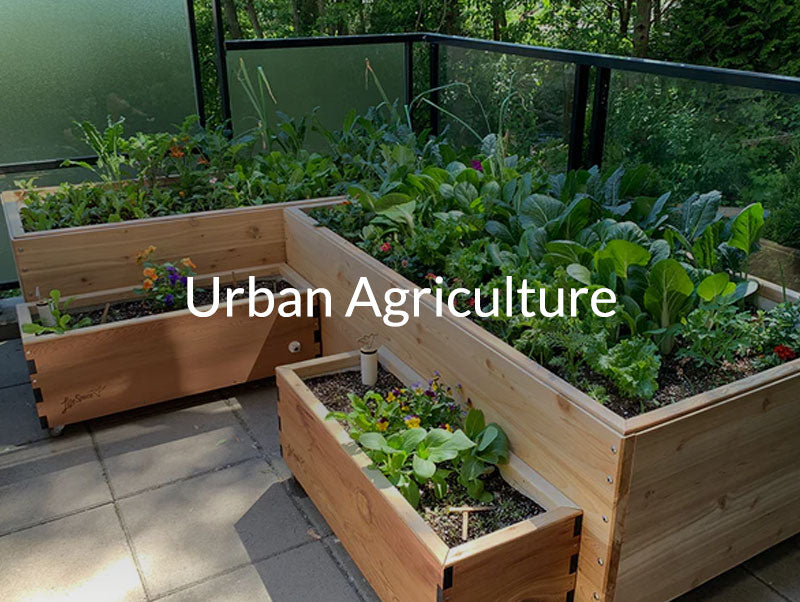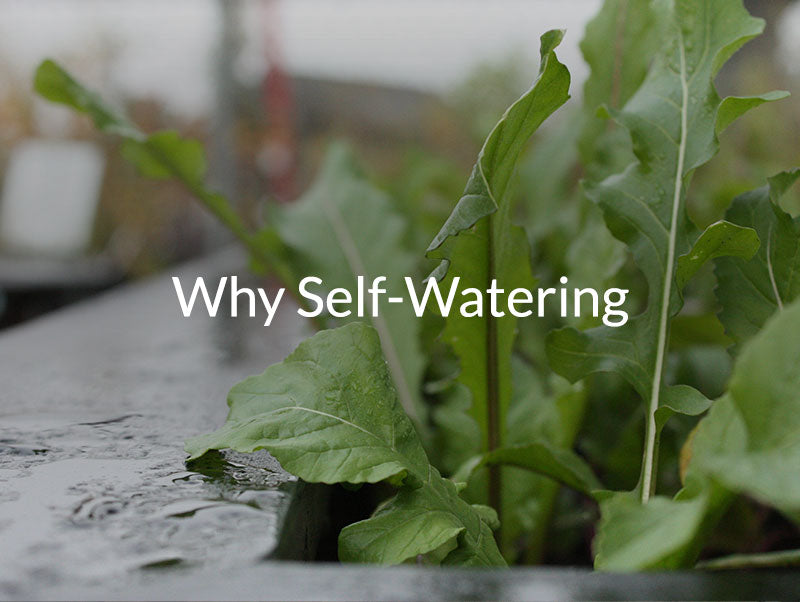Mustard Greens Growing Guide🥬: Spacing, Planting, and Harvesting Tips

Introduction
Mustard greens are one of the fastest-growing leafy greens — spicy, nutrient-dense, and perfect for SIPs and wicking beds. Whether you’re growing them in a LifeSpace Garden or outfitting your own raised bed with GardenWells inserts, bottom-up hydration ensures tender leaves and continuous yields.
When to Plant Mustard Greens
-
Spring: Direct-seed in March or April as soon as soil is workable. See the March Gardening Guide for early tips.
-
Summer: Plant heat-tolerant varieties in June for succession crops.
-
Fall: Sow a final round in August for sweet, tender autumn greens; visit the September Gardening Guide.
Square Foot Gardening Spacing
-
Spacing: 4–6 plants per sq ft (~6” apart)
-
Depth: Sow seeds ¼–½” deep
How to Plant Mustard Greens
Direct Seeding (Preferred)
-
Sow 2–3 seeds per hole, thin to the healthiest seedling after germination.
-
Keep topsoil evenly moist until sprouts appear (~5–7 days).
Transplanting (Optional)
-
Start indoors 4 weeks before last frost for an early jumpstart.
-
Harden off seedlings for 5–7 days before moving to SIPs or wicking beds.
Watering Your Mustard Greens
-
Use the WaterStem to monitor reservoir levels: when the Hummingbird rises, it’s full; when it drops, refill.
-
Before establishment: Top-water daily until seedlings root into SIP zones.
-
After establishment: Refill reservoirs every 1–2 weeks depending on temperature.
-
Mulch around plants to stabilize moisture and reduce weeds.
Harvesting Mustard Greens
-
Baby Greens: Ready 20–25 days after planting.
-
Full-Size Leaves: Harvest in 40–50 days.
-
Use a “cut-and-come-again” method: snip outer leaves, allowing the plant center to continue producing.
Common Issues & Fixes
| Issue | Likely Cause | Solution |
|---|---|---|
| Bolting | Heat stress | Use bolt-resistant types, succession sow for steady harvests |
| Flea Beetles | Early pest activity | Cover with mesh or interplant nasturtiums |
| Yellow Leaves | Overwatering | Use SIPs or wicking beds for consistent hydration |
Companion Plants for Mustard Greens
Best companions (with cross-links):
-
Radishes → Mature quickly, leaving room for mustard greens to spread.
-
Carrots → Root crops pair well with mustard’s shallow growth.
-
Peas → Boost nitrogen levels for greener leaves.
-
Lettuce → Shares similar watering needs and thrives in partial shade under mustard greens.
Avoid planting with:
Product Tips
-
Limited space? Grow mustard greens in CondoFarms self-watering planters.
-
DIY gardeners? Use GardenWells inserts to convert any planter into a high-efficiency wicking bed.
-
Scaling up? Install custom self-watering raised beds for maximum production.







